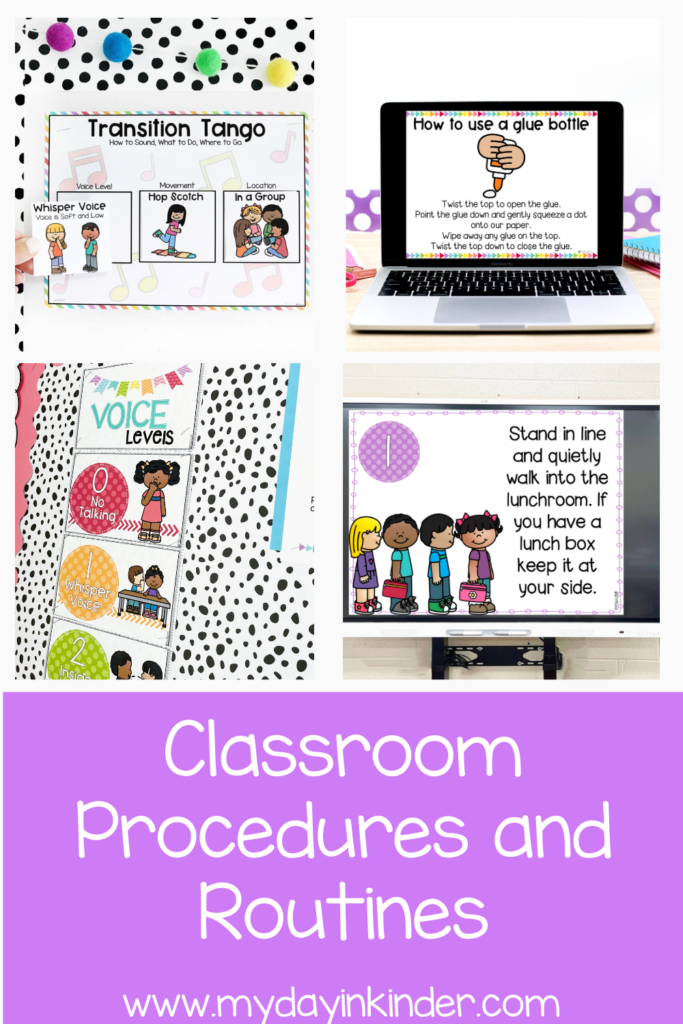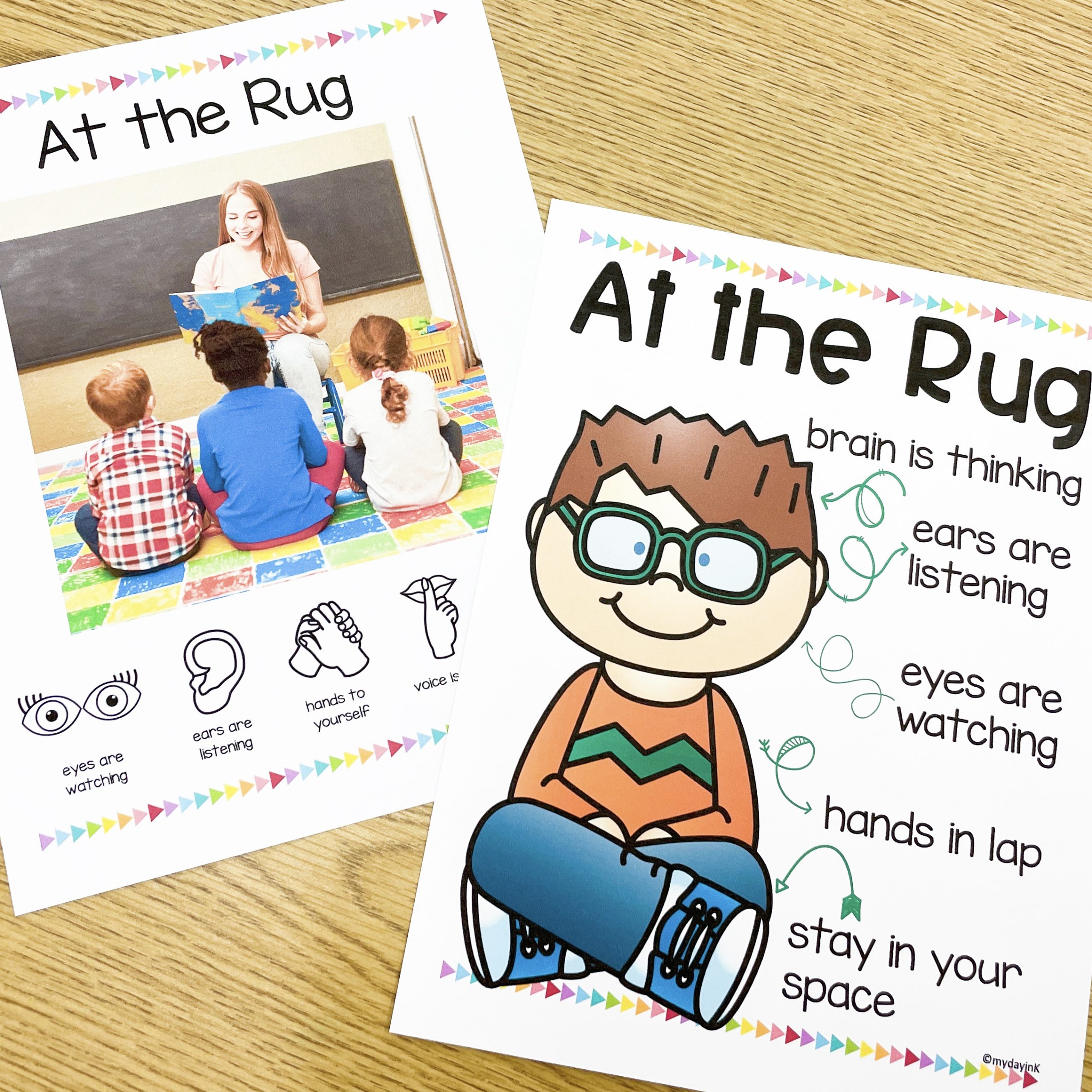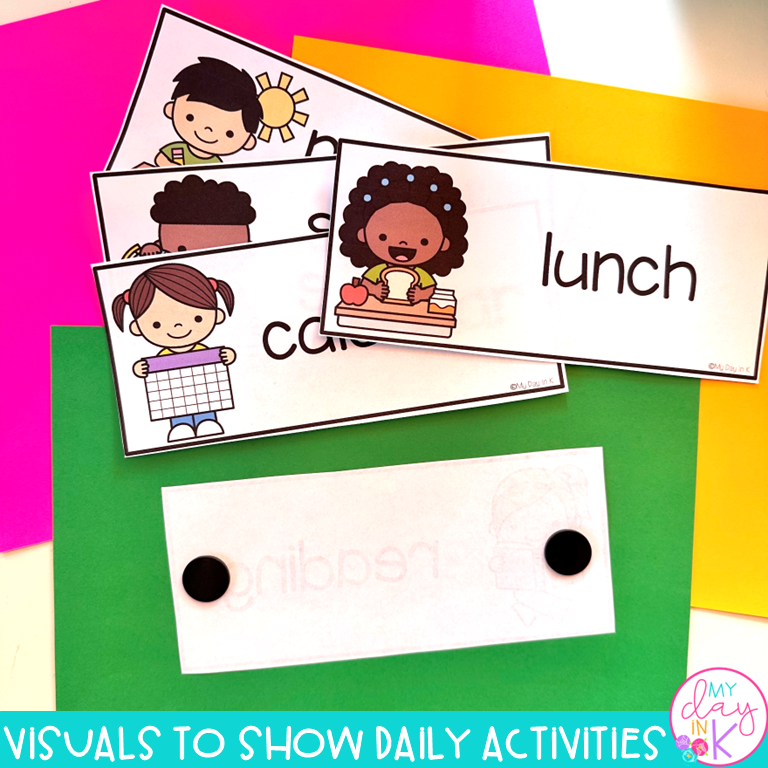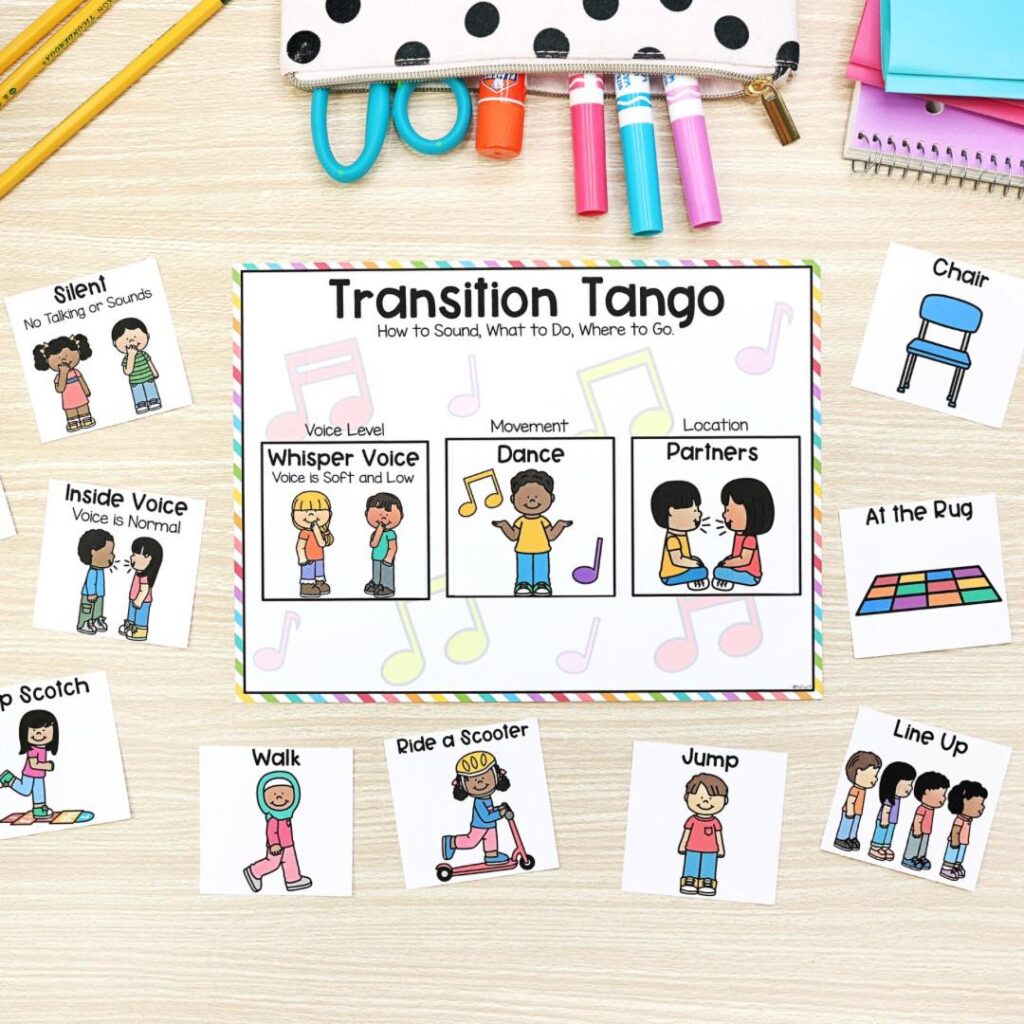Simple Classroom Routines and Procedures Examples for Primary Grade Teachers
As primary grade teachers, we face unique challenges during the month of February, and sometimes, we just want to crawl into the corner and cry some tears while drinking our Starbucks, Dunkin, or water out of our Stanley cups. The long winter days and potential disruptions like indoor recess can test our classroom management skills and our patience to the limit. However, prioritizing consistent routines and procedures can create a positive and productive learning environment for our elementary students. I always stress the importance of classroom routines and procedures to new teachers, veteran teachers, and everyone in between. So, here are some practical classroom routines and procedures examples to help you navigate February and beyond.

Establishing Consistent Routines
Whether it’s the first day of school or a random Wednesday in February, having consistent routines keeps things ticking smoothly, especially for us primary teachers. In this section, we’ll chat about why routines are so important and what they actually are and share some fun classroom routines and procedures examples that kickstart our winter days with a bang. Ready? Let’s do this.
Defining Classroom Routines
Regardless of grade level, classroom routines are essential for effective classroom management. Routines are predictable sequences of actions that guide students through daily tasks and activities, providing structure and stability in the classroom.
Importance of Consistency
Consistent routines are the cornerstone of a well-managed classroom. They help establish a positive classroom community and foster a sense of security for students, especially during the winter months.
Examples of Morning Routines
Starting a structured morning routine sets the tone for the entire day. Greeting students at the door, checking agendas, and engaging in a brief bell ringer activity are all effective ways to start the day on the right foot.
Incorporating Visual Aids
In the busy world of elementary classrooms, it can become overwhelming for students when they are not sure exactly where to go or what to do. Visual aids are a great way to help students and help everyone understand better and get involved more. Here’s how using pictures and visuals can make classroom routines and rules easier to follow for all students.
The Power of Visuals
Visual aids are a great way to support classroom routines and procedures. Visuals help students understand expectations and transitions, making learning more accessible and engaging for all learners.
Visual Schedule Examples
Creating a visual schedule outlining daily activities and transitions provides students with a clear understanding of the day’s expectations. Visual schedules can include activities like small group work, independent tasks, and even scheduled pencil sharpener breaks.
Using Classroom Posters
Anchor charts and posters displaying important classroom routines and expectations are constant reminders for students. Clear visuals help reinforce behavior and promote a positive classroom culture.
Implementing Effective Procedures
Setting up effective procedures in the classroom is like drawing a map for students to follow. Procedures help students find their way through daily classroom activities. Let’s discuss the importance of establishing straightforward and practical procedures, from managing transitions to addressing disruptions, so that every student understands what to do and can succeed in the learning environment.
Defining Classroom Procedures
Procedures outline how specific tasks are accomplished in the classroom. From transitioning between activities to managing disruptive behaviors, effective procedures streamline classroom operations and promote student independence.
Examples of Transition Procedures
Implementing hand signals for quiet transitions and clear expectations for independent work are effective strategies for managing classroom transitions. Establishing routines for small group activities and pencil sharpener usage helps maintain focus and minimize disruptions.
Importance of Modeling
Modeling and practicing procedures with students at the beginning of the school year sets clear expectations for behavior and classroom management. Consistent modeling reinforces routines and procedures throughout the year.
Flexibility and Adaptation
Flexibility and adaptation are like the secret ingredients in the recipe for successful teaching. In the ever-changing landscape of education, bending without breaking and adapting to new situations is crucial. Easily discover how embracing change can lead to a more enriching and effective classroom experience for everyone involved.
Recognizing the Need for Flexibility
While routines provide structure, it’s essential to remain flexible and responsive to the needs of your students. Flexibility allows for adaptations based on individual student needs and unexpected circumstances.
Encouraging Student Input
Involving students in the creation and modification of classroom routines and procedures promotes ownership and accountability. Encouraging student input fosters a positive classroom community and empowers students to take ownership of their learning environment.
Strategies for Managing Changes
Communicating changes to routines and procedures effectively ensures a smooth transition and maintains a positive classroom climate. Adjusting procedures based on student feedback and classroom dynamics helps meet the evolving needs of your students.
Establishing and maintaining effective classroom routines and procedures is essential for creating a positive and productive learning environment for primary grade students. By prioritizing consistency, incorporating visual aids, implementing effective procedures, and remaining flexible, we can navigate the challenges of February and beyond. Remember, the investment in establishing clear routines and procedures pays off in student engagement, behavior management, and overall classroom climate. As you continue your teaching journey, embrace the power of these classroom routines and procedures examples to create a thriving classroom community.




